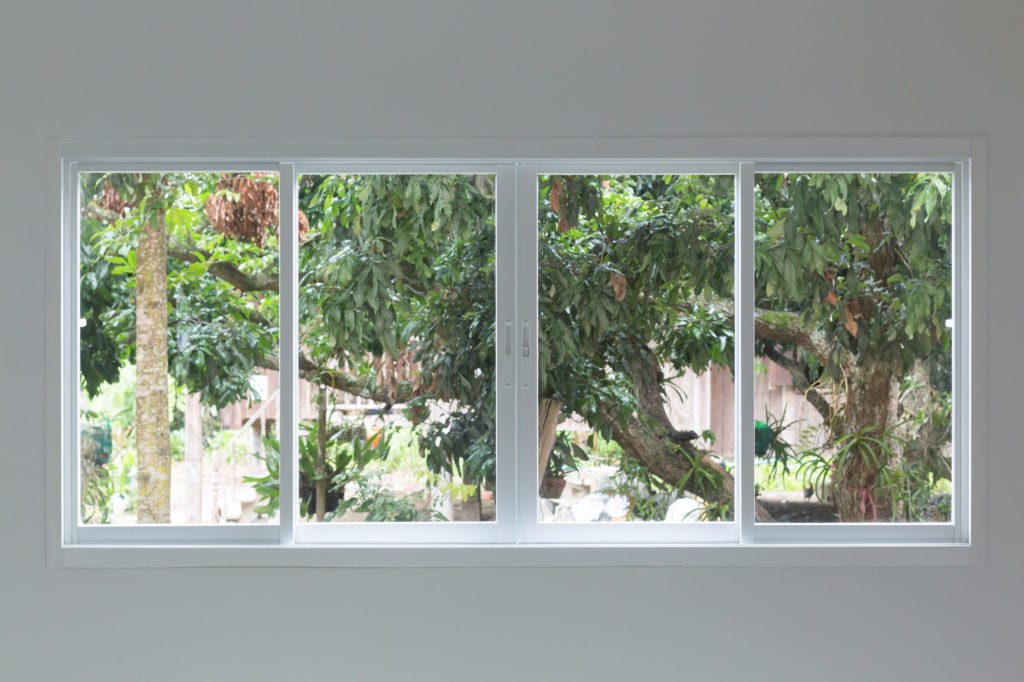All Categories
Featured
Table of Contents
Top 10 Tips To Keep Your Home Cool in Churchlands Western Australia
Glazing simply suggests the windows in your home, including both openable and set windows, along with doors with glass and skylights. Glazing actually simply means the glass part, however it is generally used to refer to all aspects of an assembly including glass, films, frames and home furnishings. Taking note of all of these elements will help you to achieve effective passive style.

Energy-efficient glazing makes your home more comfy and significantly lowers your energy expenses. However, improper or inadequately developed glazing can be a major source of undesirable heat gain in summer and substantial heat loss and condensation in winter. Approximately 87% of a house's heating energy can be acquired and up to 40% lost through windows.
Double Glazed Windows – Their Amazing Benefits For ... in Landsdale Perth
Glazing is a substantial investment in the quality of your house. An initial financial investment in energy-efficient windows, skylights and doors can greatly lower your annual heating and cooling costs.

This tool compares window selections to a base level aluminium window with 3mm clear glass. Understanding some of the essential homes of glass will assist you to pick the very best glazing for your house. Secret properties of glass Source: Adapted from the Australian Window Association The amount of light that goes through the glazing is referred to as noticeable light transmittance (VLT) or visible transmittance (VT).
How Does Double Glazing Keep Heat Out? in Straffon Western Australia
This may lead you to switch on lights, which will result in greater energy costs. Conduction is how easily a product conducts heat. This is referred to as the U value. The U value for windows (expressed as Uw), describes the conduction of the entire window (glass and frame together). The lower the U worth, the higher a window's resistance to heat flow and the better its insulating value.
If your house has 70m2 of glazing with aluminium frames and clear glass with a U value of 6. 2W/m2 C, on a winter season's night when it is 15C chillier outside compared with indoors, the heat loss through the windows would be: 6. 2 15 70 = 6510W That is comparable to the total heat output of a large space gas heating unit or a 6.
5 Benefits Of Double Glazing Windows in Koondoola Perth

If you select a window with half the U worth (3. 1W/m2 C) (for example, double glazing with an argon-filled space and less-conductive frames), you can cut in half the heat loss: 3. 1 15 70 = 3255W The solar heat gain coefficient (SHGC) for windows (expressed as SHGCw) determines how easily heat from direct sunlight streams through an entire window (glass and frame together).
The lower a window's SHGC, the less solar heat it transfers to the house interior. The actual SHGC for windows is affected by the angle that solar radiation strikes the glass.
Double Glazing - Windows - Doors in Sorrento Perth
When the sun is perpendicular (at 90) to the glass, it has an angle of incidence of 0 and the window will experience the optimum possible solar heat gain. The SHGC declared by glazing producers is constantly calculated as having a 0 angle of occurrence. As the angle increases, more solar radiation is reflected, and less is transmitted.
Table of Contents
Latest Posts
Triple Glazing Vs. Double Glazing: What Are The Differences? in Willetton Western Australia
Help Control Your House Temperature With Double Glazing ... in Martin Western Australia
How To Diagnose And Fix Misted Double Glazing in Hovea Perth
More
Latest Posts
Triple Glazing Vs. Double Glazing: What Are The Differences? in Willetton Western Australia
Help Control Your House Temperature With Double Glazing ... in Martin Western Australia
How To Diagnose And Fix Misted Double Glazing in Hovea Perth